Virtual Design & Construction
“When we decided to move forward with the project, we knew our trusted partners at Windover would carry the project to the finish line. We’re unbelievably happy with the work they’ve produced and look forward to continuing our relationship with them on future projects.”
– Matthew Crozier, COO of Middlesex School
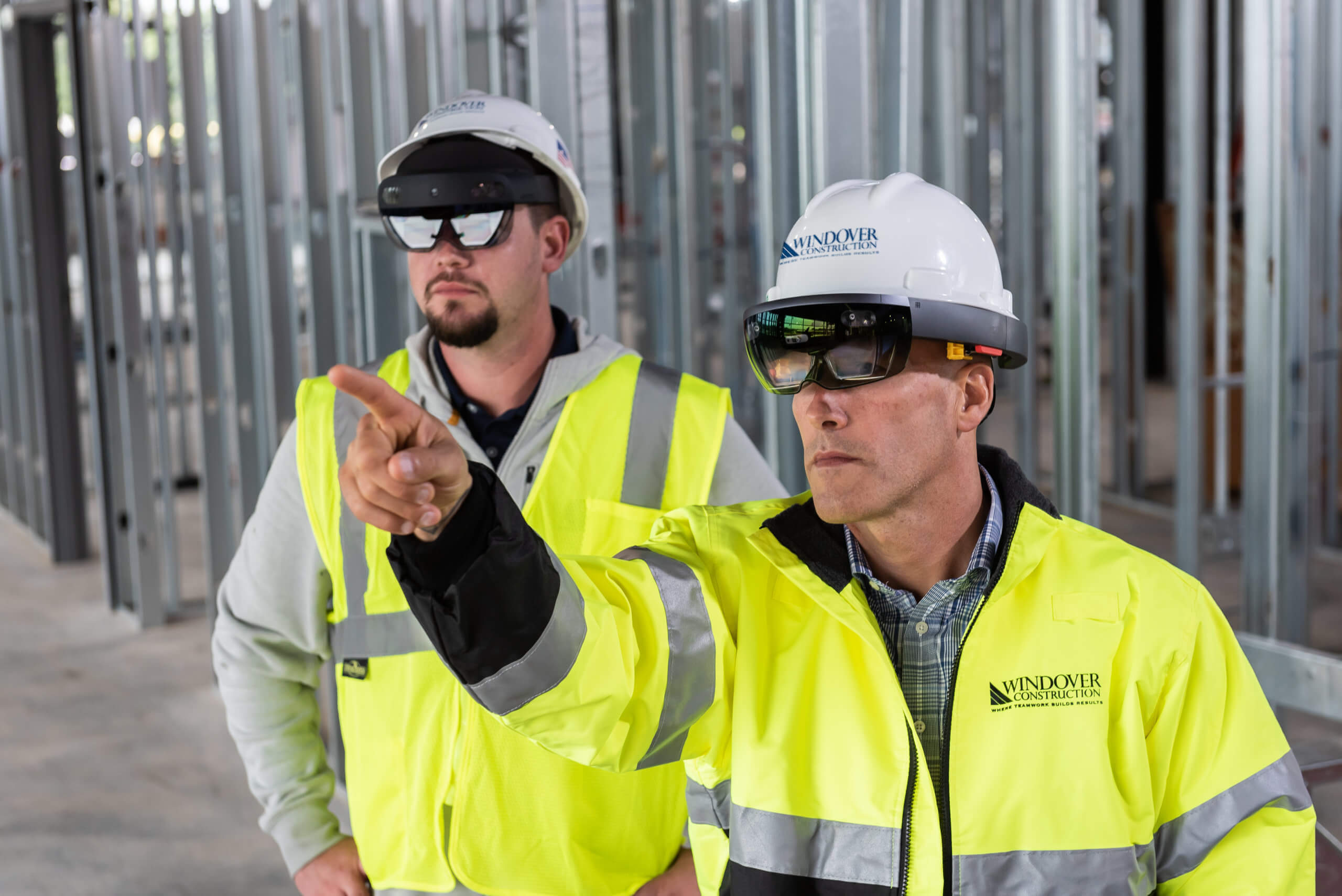
HARNESS THE POWER OF INNOVATION
Empowered by leading-edge virtual reality and BIM technology, we can forecast our clients’ projects with an immersive visual narrative that allows them to step into their future building before the first shovel hits the ground. Virtual Design & Construction (VDC) allows us to visualize changes and design elements in real time, accurately forecasting schedules and logistics, verifying structural and MEP conditions, and evaluating site safety planning.
This amplification of our planning process adds an unparalleled level of interactive collaboration to our projects, providing us with a project “crystal ball” that makes a building’s future more tangible.
The IDEA Platform
With our Innovations for Design, Engineering and Automation (IDEA) platform, we are optimizing the use of BIM, digital prefabrication, drones, robotics, AR/VR and reality capture to mitigate risks, increase efficiencies and bring our clients’ vision to life. Our tech-first IDEA platform is a powerful catalyst that optimizes the very way we develop and construct — helping teams build faster, safer and more sustainably than ever before.
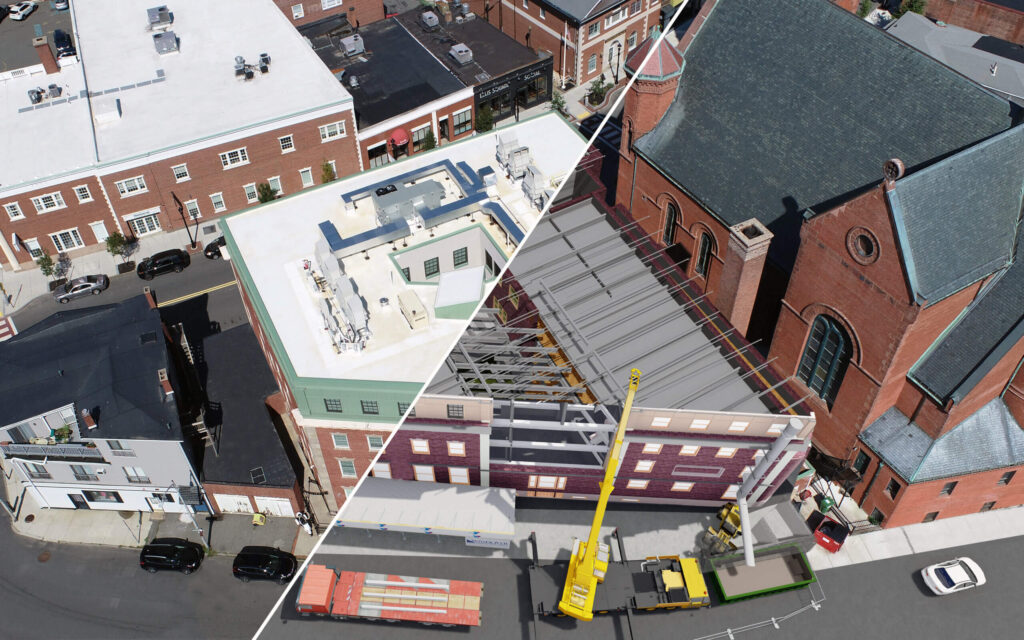
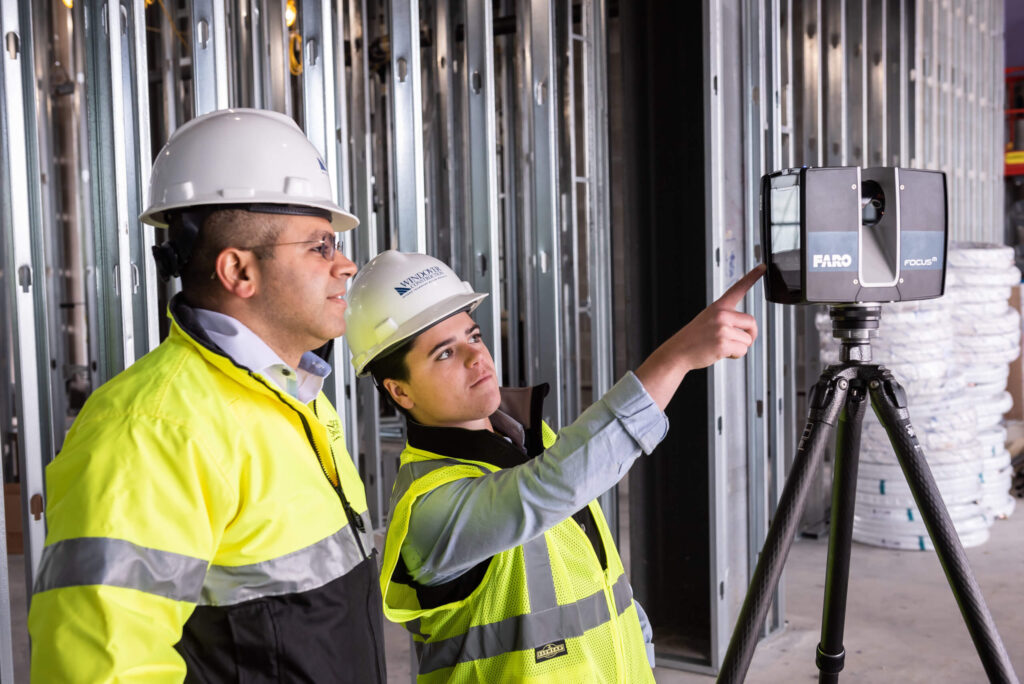
LEADING-EDGE VDC OFFERINGS
Our in-house VDC team is leading the charge to leverage novel technologies – crossing BIM with Virtual Reality – that create innovative applications to deliver certainty of outcome for our clients.
Our key VDC offerings include:
- BIM-MEP/FP Spatial Coordination
- Laser Scanning
- Drone Lidar Surveys and Thermal Inspection
- 4D Visual Schedule Planning and 3D Site logistics
- BIM for DfMA (Design for Manufacturing and Assembly)
- Digital Prefabrication, Additive Manufacturing, and Industrialized Construction Solutions
- Digital Twin Handover and BIM-Enabled Facilities Management Data
- Model-Based Quantity Takeoff
- BIM/AI-Enabled Earthwork Analysis
- Virtual and Mixed Reality
- AI, Robotics, and Automation for AEC Solutions
- Utilities Mapping – Ground-Penetrating Radar (GPR)
- BIM-Enabled Energy Modeling Analysis
DIGITAL TWIN TECHNOLOGY
At Windover, we are harnessing the power of digital twin technology to transform how facility managers oversee and optimize their buildings. Our advanced digital twin solutions create dynamic, real-time virtual replicas of physical spaces, enabling seamless monitoring, predictive maintenance, and data-driven decision-making.
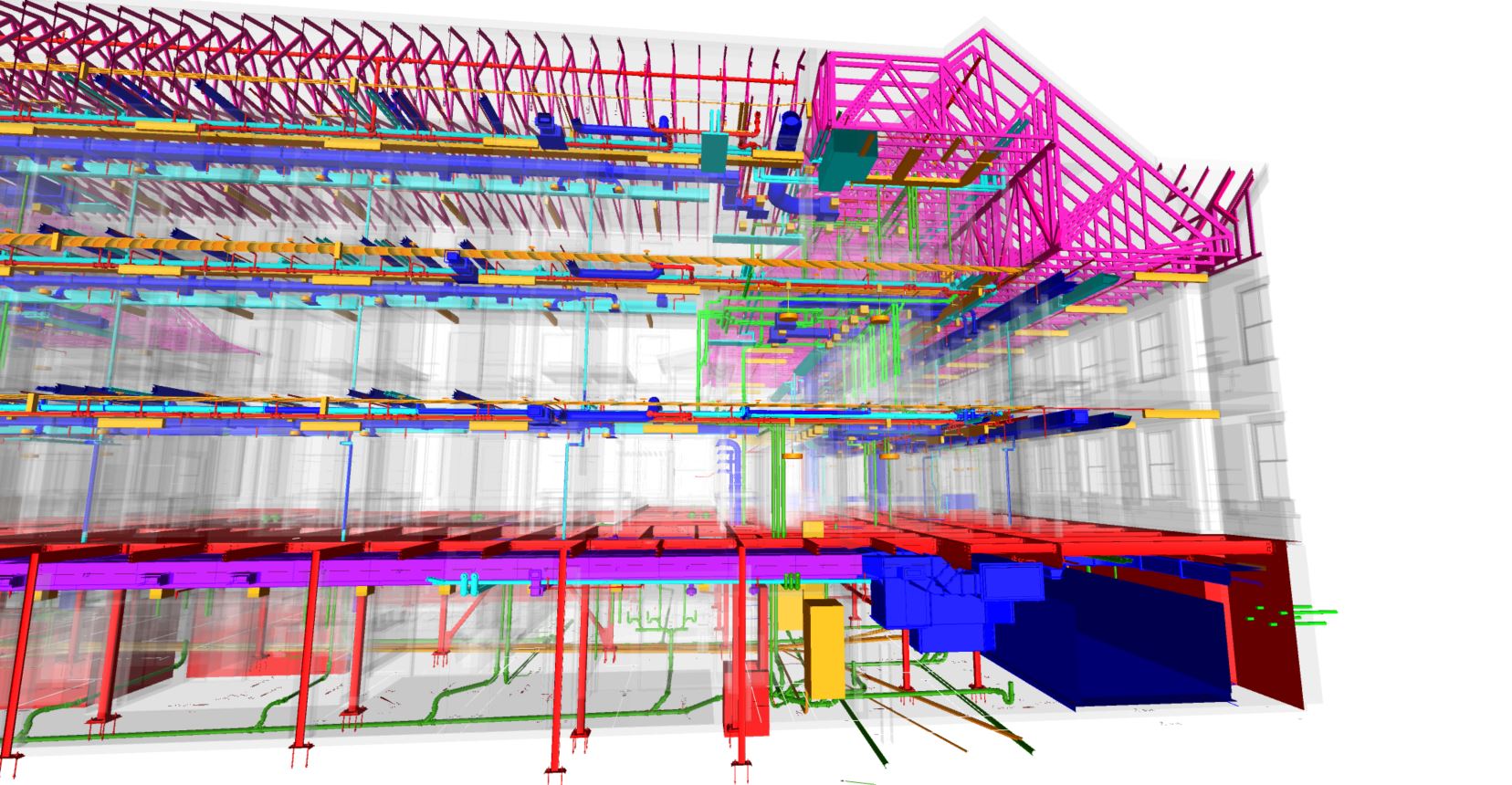
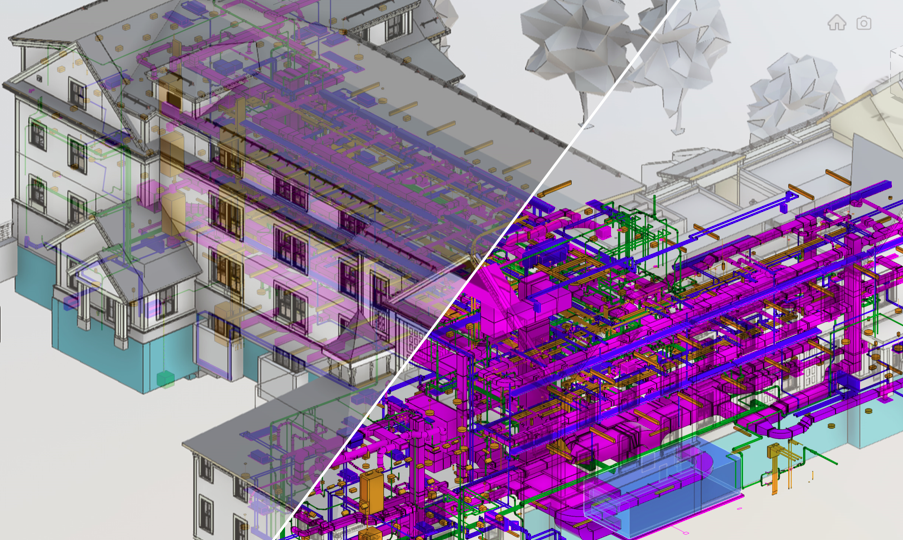
AI-ENABLED APRS-BIM PLATFORM
The future of building code compliance review is here, thanks to the innovative combination of generative AI and generative design. Windover has developed a first-of-its-kind platform to expedite the review process of building permit applications for government agencies. This AI-enabled Automated Plan Review System (APRS)-Building Information Modeling (BIM) platform [patent pending] can take imported 2D architectural, structural, and MEP drawings and rapidly transform them into a 3D BIM.
